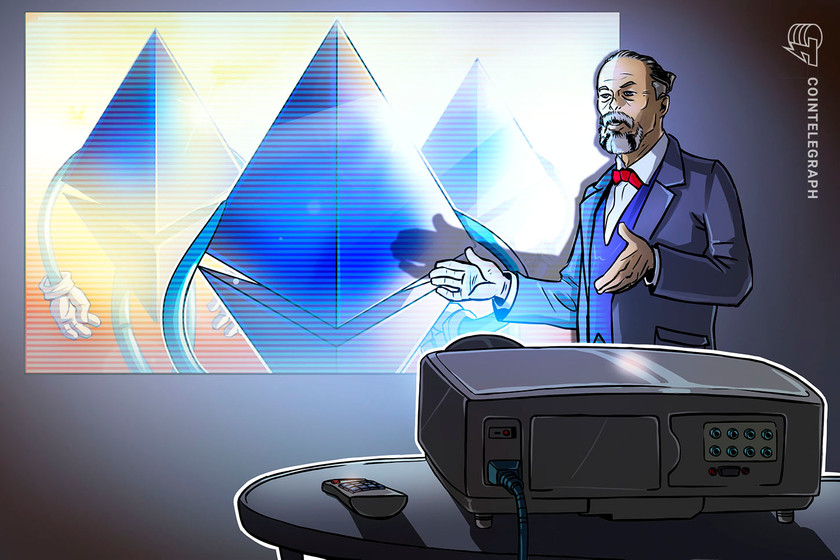Bitcoin derivatives data shows bulls positioning for further BTC price upside


BTC price continues to show strength, and derivatives data suggests that bulls intend to press Bitcoin higher.
Bitcoin (BTC) price maintained the $30,000 support as lower-than-expected U.S. Consumer Price Index (CPI) data was released on April 12. The official inflation rate for March increased 5% year on year, which was slightly less than the 5.1% consensus. It was the lowest reading since May 2021 but is still significantly higher than the U.S. Federal Reserve’s 2% target.
The data suggests that inflation is no longer the driving force behind Bitcoin’s rally, and investors’ focus has shifted from the impact of inflationary pressure to potential recession risks after the banking crisis revealed how fragile the financial system was following the Federal Reserve’s 12-month hike in interest rates from 0.10% to 4.85%.
Aside from the Silicon Valley Bank bankruptcy and the government-backed sale of Credit Suisse to UBS, several warning signs of a macroeconomic downturn have emerged.
The most recent ISM Purchasing Managers Index data fell to its lowest level since May 2020, indicating an economic contraction. According to Federal Reserve documents released on April 12, the aftermath of the U.S. banking crisis is likely to push the economy into a “mild recession” later this year. Because of the crisis, some have speculated that the Fed will hold off on raising interest rates, but officials affirmed that more effort is needed to keep inflation under control.
According to a Moody’s Analytics report, commercial real estate prices fell 1.6% in February, the most since the 2008 financial crisis. Furthermore, the national office vacancy rate reached 16.5%, indicating the severity of the economic difficulties that businesses are currently facing.
Whatever the reason for Bitcoin’s 50% rally between March 11 and April 11, it demonstrates resilience to FUD — fear, uncertainty and doubt — including the Securities and Exchange Commission’s Wells notice against Coinbase on March 22 and the Commodity Futures Trading Commission filing a suit against Binance and its CEO, Changpeng Zhao, on March 27. By holding the $30,000 support, Bitcoin demonstrates that the positive momentum can continue regardless of whether inflation remains above 5%.
Bulls are better positioned for the weekly BTC options expiry
Not everyone is cheering the rally, particularly traders who have placed bearish bets using Bitcoin options. The April 14 open interest for BTC options expiry is $950 million, with $490 million in call (buy) options and $460 million in put (sell) options. Bears have been caught off guard, with less than 7% of their bets exceeding $29,000.


Below are the four most likely scenarios based on the current price action. The number of call (buy) and put (sell) options contracts available on April 14 varies depending on the expiry price. The imbalance favoring each side constitutes the theoretical profit:
- Between $28,000 and $29,000: 2,600 calls vs. 1,800 puts. The net result is balanced between call and put options.
- Between $29,000 and $30,000: 6,700 calls vs. 500 puts. The net result favors the call (buy) instruments by $110 million.
- Between $30,000 and $30,500: 8,500 calls vs. 200 puts. Bulls increase their advantage to $250 million.
- Between $30,500 and $31,500: 11,300 calls vs. 100 puts. Bulls’ advantage increases to $350 million.
This rough estimate considers only call options in bullish bets and put options in neutral-to-bearish trades. Nonetheless, this oversimplification excludes more complex investment strategies. A trader, for example, could have sold a put option, effectively gaining positive exposure to Bitcoin above a certain price, but this effect is difficult to estimate.
Related: Bitcoin-friendly PPI data boosts bulls as Ether price fights for $2K
Bears are unlikely to reverse their situation
Bulls are expected to push Bitcoin above $30,500 on April 14 at 8:00 am UTC to profit an additional $100 million. Bears, on the other hand, would need to pressure Bitcoin’s price below $29,000 in order to balance the scales. However, bears recently suffered significant losses as BTC futures short contracts were forcibly liquidated to the tune of $128 million between April 9 and April 11.
As the most likely scenario favors Bitcoin bulls, their profits will most likely be used to reinforce the $30,000 support. Bears might consider licking their wounds and waiting for additional actions from regulators, as the macroeconomic scenario is currently bullish for supply-capped assets.
The views, thoughts and opinions expressed here are the authors’ alone and do not necessarily reflect or represent the views and opinions of Cointelegraph.
This article does not contain investment advice or recommendations. Every investment and trading move involves risk, and readers should conduct their own research when making a decision.































































